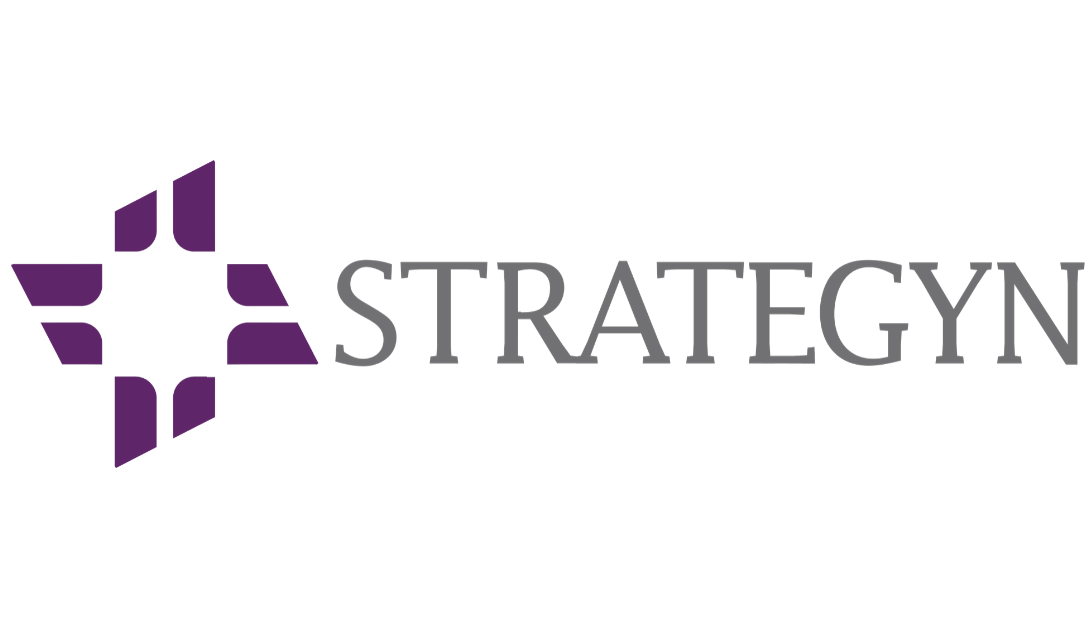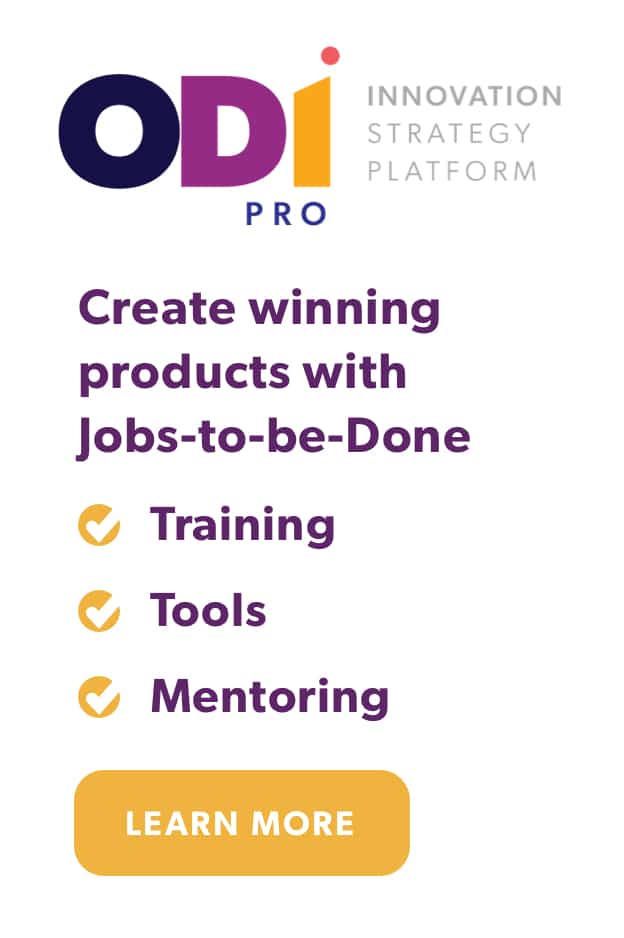Innovation happens. In fact, it happens frequently enough to have resulted in the creation of tens of thousands of successful businesses. The problem is that most innovation management strategy happens randomly. It’s unpredictable. This is a problem especially for large, public companies that have an obligation to their stockholders to grow each year at a respectable and predictable rate. A company that is able to make innovation predictable would be able to promise stockholders reliable growth, and that would put the company in a very special category. Over a recent 10-year period, less than half of 1 percent of all large, public companies were able to achieve a modest 5 percent growth rate each year. The challenge is not to figure out how innovation happens, but to figure out how to make predictable innovation happen.
Before a solution can be found, the problem must be clearly understood–let’s break it down. There are three paths a company can take to grow its revenue organically: (1) it can grow its existing markets by selling more of the products it already sells, (2) it can grow its existing markets by replacing products that sell poorly with better-selling ones, or (3) it can enter and grow new markets with new products. This means that to grow, a company has to excel at two types of innovation: product improvement and new product creation.
Not surprisingly, companies are better at product improvement than at new product creation. Nearly all company employees are in some way responsible for improving and selling more of the company’s existing products. Product improvement success rates are over 50 percent. Sure, they could be better, but product improvement isn’t where the problem lies. The bigger problem arises when companies can no longer grow their existing markets fast enough to achieve their growth targets and must rely on new product creation for growth. Unfortunately, companies are much less successful at new product creation. With success rates historically averaging less than 5 percent, they struggle to achieve their growth targets. Herein lies the root cause of the innovation and growth challenge.
A company that has a 5 percent new product creation success rate must invest in 20 new products, each having the potential to grow revenue by $1 billion, in order to predictably generate an additional $1 billion in revenue. A company that has a 50 percent success rate, by comparison, only has to invest in two. The economic and business advantages of getting this right are extraordinary.
How does a company succeed at new product creation? There are two prerequisites for success: (1) the company must have a team that is devoted solely to new product creation, and (2) that team must have access to an innovation process that results in effective new product creation decisions. Few companies have even one of these prerequisites, and even fewer have both.
Let’s address the first prerequisite. While nearly everyone in a company is responsible for product improvement, it is management, and management alone, that is responsible for new product creation. New investments require strategic decisions to be made. How those investment decisions are made will ultimately determine whether or not the company achieves its long-term growth objectives. Consequently, this group of people should be chosen wisely and formally entrusted with a charter to drive growth.
If all companies had such a team, the companies that would prevail would be those that made the best decisions with the fewest mistakes. Here is where we come to the second prerequisite. Companies need an innovation management strategy that will enable them to effectively answer three key questions:
- When is the right time to replace an existing product with a new one?
- What new markets should we enter?
- What new products do customers want that will generate revenue growth?
What process does your company use to make these decisions? How effective is it? Over 70 percent of Fortune 1000 companies use some type of gated, ideas-first innovation and development process. Unfortunately, this approach will never (and I mean never) lead to predictable innovation. Here’s why: the ideas-first approach to innovation is a guessing game and a gamble. The chances of a company randomly coming up with an idea that helps customers get a job done so much more effectively that they will be willing to switch are less than one-in-a-million.
To achieve predictable innovation, companies need an innovation process that enables them to know (in advance of having an idea) all the unmet needs their customers have when attempting to get an important “job” done. This is fundamental to jobs-to-be-done thinking. Over the past 22 years, my team and I have transformed this theory into an effective strategy and innovation process that enables predictable innovation. With 9 patents issued, we have quite literally reinvented the innovation process.
Our innovation process, Outcome-Driven Innovation, when combined with a team that is devoted solely to new product creation, is a formula for predictable innovation and ultimately, predictable growth. To learn more about this innovation process, please download the Outcome-Driven Innovation white paper.



